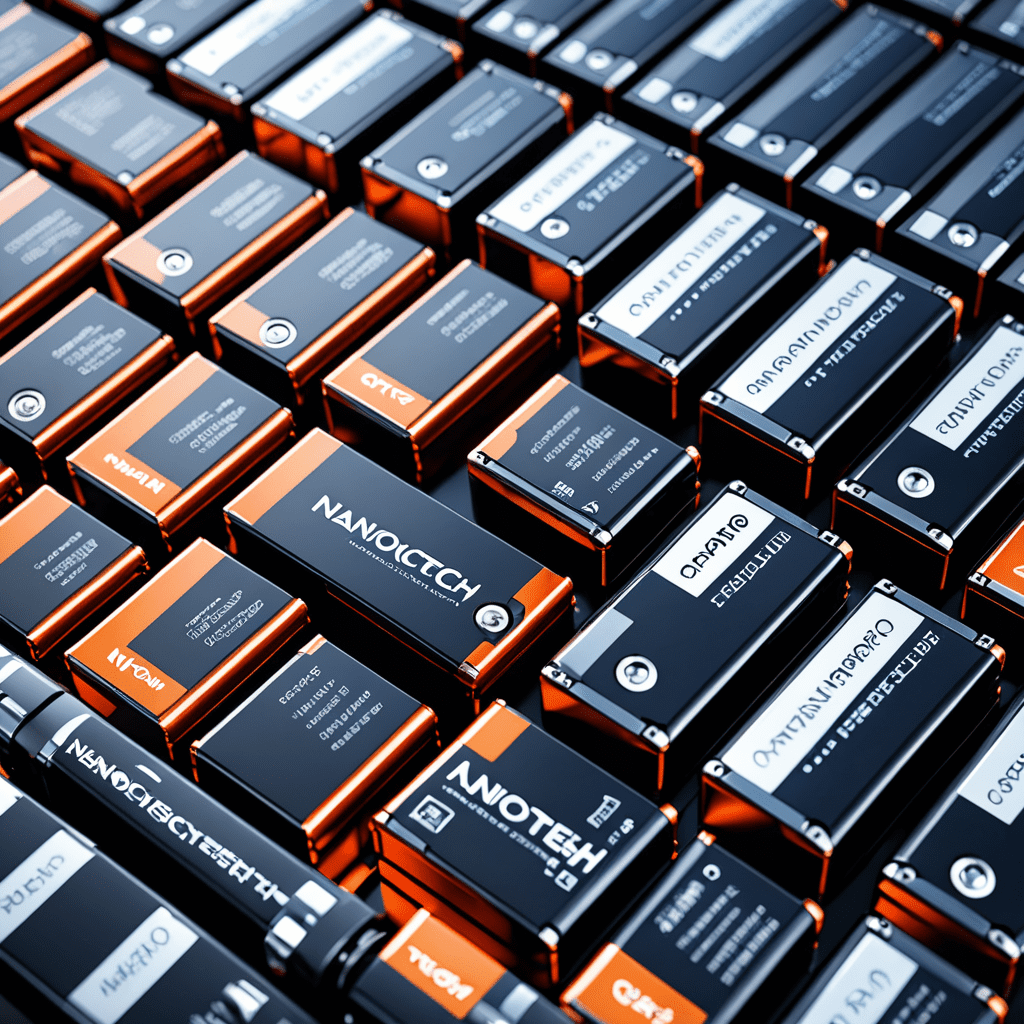
Nanotechnology in Brain-Computer Interfaces: Advancements in Brain-Tech
Nanotechnology is revolutionizing the field of brain-computer interfaces (BCIs), bringing remarkable advancements in brain technology. This cutting-edge integration of nanotechnology and neuroscience is opening up new frontiers in communication between the human brain and external devices.
The Basics of Brain-Computer Interfaces
BCIs are systems that enable direct communication between the brain and external devices, bypassing the need for traditional methods like keyboards or mice. They work by translating neural activity into commands that can control computers, prosthetic limbs, or other technologies.
Nanotechnology’s Role in Enhancing BCIs
Nanotechnology plays a crucial role in improving BCIs by enabling the development of smaller, more efficient devices. Nanoscale materials and structures can interface more effectively with neurons, enhancing the accuracy and speed of communication between the brain and external devices.
Advancements Enabled by Nanotechnology
Nanotechnology has facilitated significant advancements in BCIs, such as higher-resolution neural recording, better biocompatibility, and enhanced durability of implantable devices. These improvements are paving the way for more seamless integration between the human brain and technology.
Challenges and Ethical Considerations
Despite the impressive progress, challenges remain, including the potential risks of nanomaterials to the brain and concerns about data security and privacy. Ethical considerations surrounding the use of BCIs in applications like cognitive enhancement also require careful deliberation.
The Future of Nanotechnology in BCIs
Looking ahead, the future of nanotechnology in BCIs holds immense promise. Continued research and innovation in this field have the potential to revolutionize healthcare, communication, and human-machine interactions, offering new possibilities for individuals with disabilities and expanding our understanding of the brain.
Conclusion
In conclusion, the integration of nanotechnology in brain-computer interfaces represents a significant leap forward in brain technology. By leveraging the power of nanoscale materials and structures, BCIs are becoming more advanced, paving the way for exciting applications in various fields. As research in this area progresses, we can anticipate even more impactful developments that will shape the future of human-machine interactions.
FAQs about Nanotechnology in Brain-Computer Interfaces
What is Nanotechnology in Brain-Computer Interfaces?
Nanotechnology in Brain-Computer Interfaces involves the use of tiny particles called nanoparticles to create more efficient and precise connections between the brain and external devices.
How does Nanotechnology Improve Brain-Tech?
Nanotechnology enhances Brain-Tech by allowing for smaller, more sensitive sensors and electrodes to be embedded in the brain, enabling better communication with external devices.
What are the Benefits of Nanotechnology in Brain-Computer Interfaces?
Benefits include improved accuracy in brain signal detection, enhanced control of prosthetic devices, and potential advancements in treating neurological disorders through targeted therapies.
Are there Risks Associated with Nanotechnology in Brain-Computer Interfaces?
While promising, there are risks such as potential tissue damage or immune responses. Research is ongoing to address safety concerns and optimize the utilization of nanotechnology in Brain-Tech.
How is Nanotechnology Shaping the Future of Brain-Computer Interfaces?
Nanotechnology is revolutionizing Brain-Computer Interfaces by paving the way for more seamless integration of technology with the brain, unlocking new possibilities for human-machine interaction and healthcare applications.


